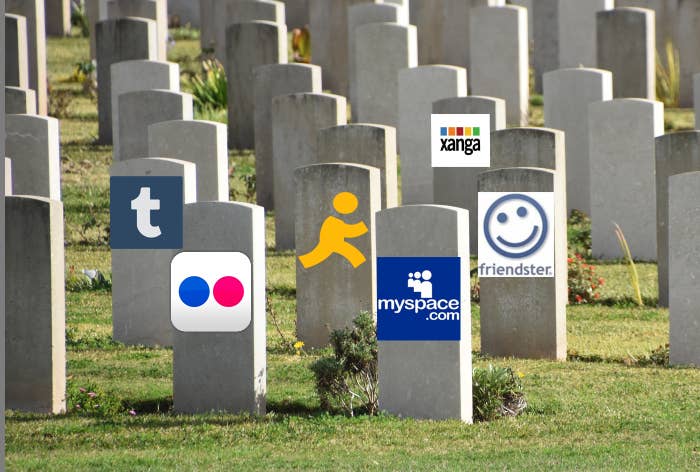Another great newsletter Ian. Just a few thoughts. Firstly, in regards to the flaw with the
research associated with YouTube:
One of the key critiques of the study is that the researchers didn’t log in. That is to say that they could not experience the full impact of the algorithm as it impacts their findings.
As Becca Lewis suggests, is the problem with measuring radicalisation of YouTube associated with methodology? This reminds me of some of the discussions associated with social media and teens. The examples I have read ‘How YouTube Radicalized Brazil‘ and ‘The Making of a YouTube Radical‘ are anecdotal. I assume this is why Arvind Narayanan says that we do not have the vocabulary to make sense of complexities generated via algorithms.
Also, in regards to Kate Eichhorn’s post about the internet that never forgets (and the subsequent book):
Kate Eichhorn, an Associate Professor of Culture and Media at The New School suggests that people are now forming their identities online from an early age, and in the process are creating a permanent record that’s impossible to delete.
I am reminded of a post from Katia Hildebrandt and Alec Couros from a few years ago in which they suggest that in a world where there is digital record for everything somewhere then we need to learn to consider intent, context, and circumstance when considering different artefacts that may be dredged up.


